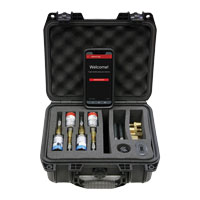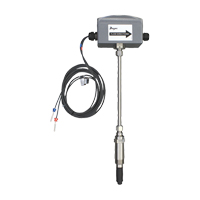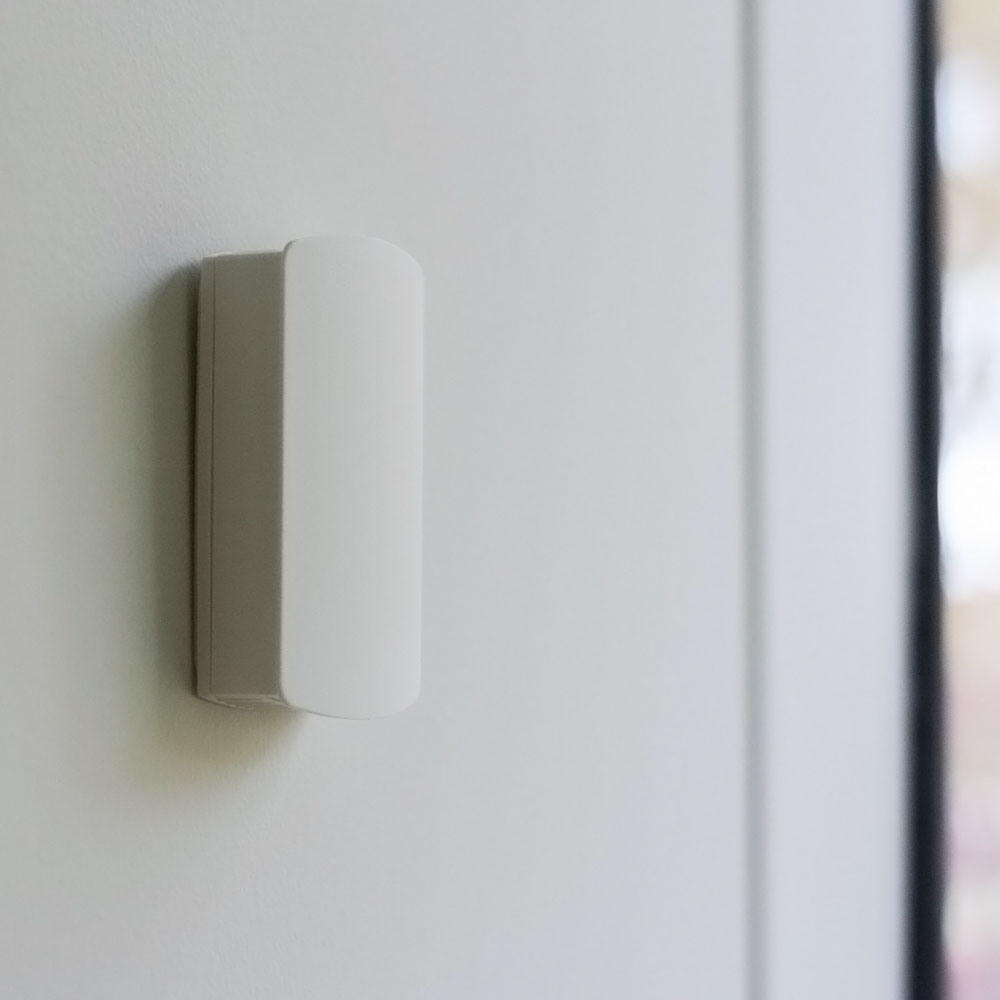There are two common ways to measure air velocity: by using pressure-based instrumentation or by using temperature-based instrumentation. Before we discuss the different technologies available for measuring velocity pressure, it is important to understand the basics of air velocity.
Our Updated Mobile App Makes Hydronic Balancing Easier Than Ever!
Dwyer’s Hydronic Application has added many updates since its first launch in August 2018, but today we are proud to present version 2.0.1 of the app!

We’ve taken technician feedback into consideration to improve the overall user experience in the app, ensuring that balancing a hydronic system is now easier than ever. Continue reading “Our Updated Mobile App Makes Hydronic Balancing Easier Than Ever!”
How the Dwyer Series IEF and IEFB Overcome Typical Sources of Error
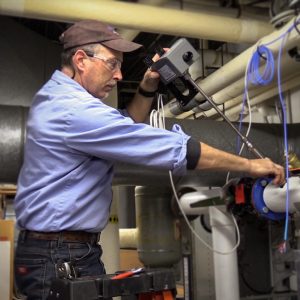 There are a wide variety of technologies that can be used for fluid flow measurement, such as differential pressure, paddlewheel, electromagnetic, and ultrasonic. Furthermore, each technology has multiple installation configurations. It is important to understand the nuances of different technologies and installations in order to pick the right flowmeter for your application.
There are a wide variety of technologies that can be used for fluid flow measurement, such as differential pressure, paddlewheel, electromagnetic, and ultrasonic. Furthermore, each technology has multiple installation configurations. It is important to understand the nuances of different technologies and installations in order to pick the right flowmeter for your application.
When purchasing a flowmeter for an HVAC application, such as boiler feed water monitoring or chilled/condenser water monitoring, we found that our customers value the ability to hot-tap (or pressure tap) a pipe to install an insertion flowmeter. This is done by installing an isolation valve in a pipe, allowing an insertion flowmeter to be placed into and removed from a live system without having to drain it. Draining a system is time consuming, costly, and generally not a good option for HVAC systems in buildings because it requires the entire system to be shut down. Permanently installing a hot-tap valve followed by an insertion flowmeter (with hot-tap capability) is an ideal alternative to a costly inline meter.
When considering an insertion flowmeter for an HVAC application, there are four key sources of error to be aware of: Continue reading “How the Dwyer Series IEF and IEFB Overcome Typical Sources of Error”
What to Consider When Selecting a Humidity Transmitter
Proper selection and use of relative humidity (RH) sensors are important factors in designing and building a reliable, economical HVAC system. Over the years humidity control has been getting even greater attention because of its positive impact on indoor air quality (IAQ).

The importance of humidity measurement and control can mean different things depending on the application. To the museum curator, it means preserving valuable artwork and artifacts. To the hospital facilities engineer, it means a comfortable environment for the patients, as well as maintaining accurate moisture control to prevent the spread of bacteria and infection. And to the building maintenance professional, it means a reliable building automation system that reduces energy costs while increasing the comfort of its occupants. Continue reading “What to Consider When Selecting a Humidity Transmitter”
ISO/IEC 17025 Calibration in Food and Agriculture
World Accreditation Day
Yesterday (June 9, 2020) marked this year’s World Accreditation Day, which is a global initiative established by the International Laboratory Accreditation Cooperation (ILAC) and the International Accreditation Forum (IAF) to promote the value of accreditation.
 This year’s focus was on how accreditation improves food safety, supporting the confidence of consumers, suppliers, purchasers, regulators and specifiers in the quality and safety of food [1]. When it comes to ensuring food safety, consumers and suppliers rely on their equipment and calibration providers to comply with the appropriate international standards, such as ISO/IEC 17025:2017.
This year’s focus was on how accreditation improves food safety, supporting the confidence of consumers, suppliers, purchasers, regulators and specifiers in the quality and safety of food [1]. When it comes to ensuring food safety, consumers and suppliers rely on their equipment and calibration providers to comply with the appropriate international standards, such as ISO/IEC 17025:2017.
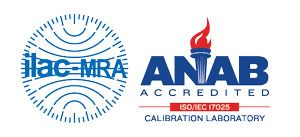 Attaining accreditation status to ISO/IEC 17025:2017 is a rigorous process that ensures that the technical competence of personnel, the ethics of personnel, and the reliability of the organization itself are at a level that can be recognized on an international scale. The Dwyer Instruments, Inc. Engineering Laboratory is proud to be able to provide ISO/IEC 17025:2017, ANSI/NCSL Z540-1-1994 and ANSI/NCSL Z540.3 Section 5.3 accredited calibrations on pressure products that are used in these critical food safety environments. Continue reading “ISO/IEC 17025 Calibration in Food and Agriculture”
Attaining accreditation status to ISO/IEC 17025:2017 is a rigorous process that ensures that the technical competence of personnel, the ethics of personnel, and the reliability of the organization itself are at a level that can be recognized on an international scale. The Dwyer Instruments, Inc. Engineering Laboratory is proud to be able to provide ISO/IEC 17025:2017, ANSI/NCSL Z540-1-1994 and ANSI/NCSL Z540.3 Section 5.3 accredited calibrations on pressure products that are used in these critical food safety environments. Continue reading “ISO/IEC 17025 Calibration in Food and Agriculture”


